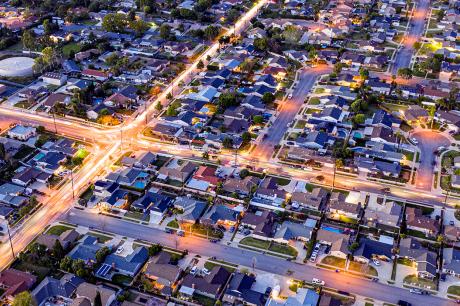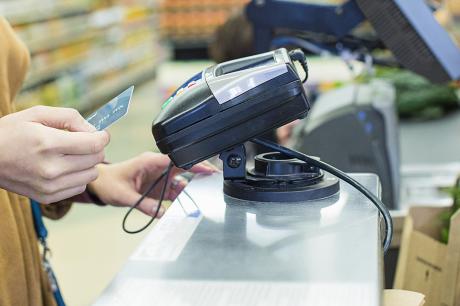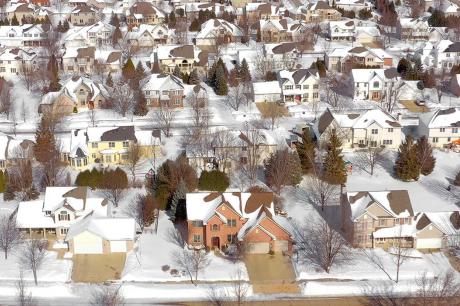Articles and analysis on today's issues

As data centers see a surge in demand because of generative AI, Henrico County, Virginia, shows how local governments can turn the economic gains of this new industry into sustainable funding for affordable housing.
Four Ways to Improve Reentry for Formerly Incarcerated People with Behavioral Health Needs Service providers aiming to support the reentry of formerly incarcerated people with behavioral health needs can look to the lessons learned from Orange County’s successful implementation of Proposition 47 services.“Moving at the Speed of Trust”: How Environmental Justice Advocate-Researcher Collaborations Can Build Better Partnerships EJ advocates and researchers aren’t at odds but contribute diverse skill sets, tools, and expertise—and neither corners the market on any one resource or skill.How Funding Sources of Cash Transfer Programs Can Affect Participants’ Access to Safety Net Benefits Direct cash transfer programs are increasingly popular, but where the programs’ funding comes from can affect recipients’ eligibility for other benefits.Who Serves More People of Color in Mortgage Lending: Banks or Nonbanks? A new analysis shows banks make a lower proportion of their loans to neighborhoods and borrowers of color through both government and conventional lending channels.The Pandemic Exacerbated Mental Health Issues among Incarcerated Youth. How Can We Reverse the Trend? Gaining a better understanding of incarcerated young people’s mental health issues and providing equitable services will help meet their needs and reduce the rate of disorders.Excluding For-Profit Students from the Pell Increase May Not Have the Intended Effect Though passage of the Build Back Better Act looks increasingly unlikely, it proposes to limit the increase to eligible students enrolled in public and not-for-profit colleges and universities which could have ripple effects for how federal dollars are used to implement accountability in higher





